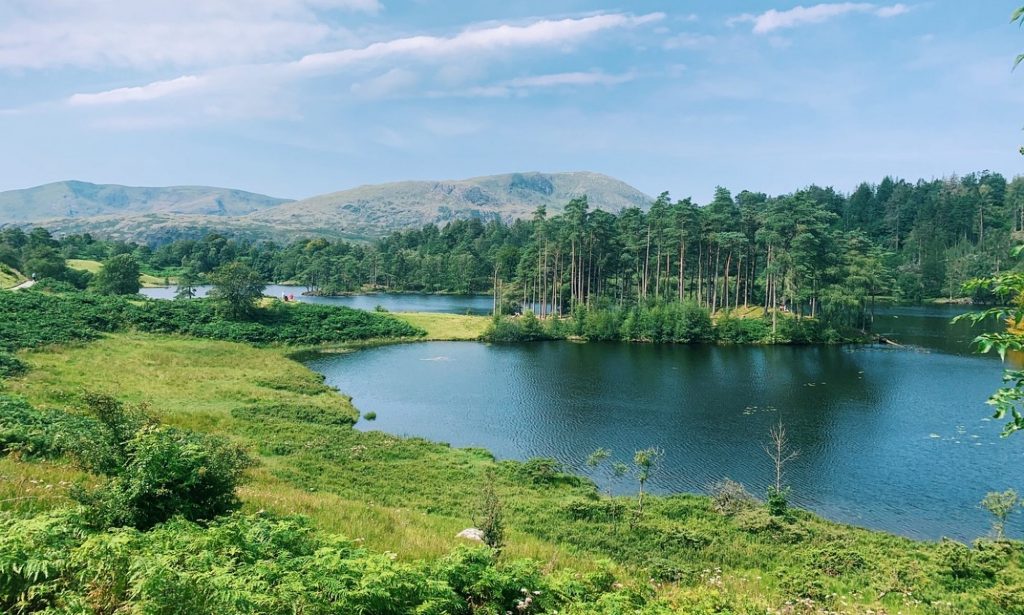Why LinkedIn?
To launch the professional community of Nature In I have chosen to utilise LinkedIn groups. This is due to many professionals I am wanting to reach and bring into the community already having big presences on LinkedIn. LinkedIn has also been incredibly instrumental in my work on this project to access high-level experts and individuals by simply reaching out through messaging on LinkedIn and asking if they would be interested in getting involved with my work. LinkedIn was also suggested as a potentially valuable platform during my second panel discussion.
How Will The Community Be Launched?
The community will initially begin by hosting the individuals I have connected with through the journey of my master’s venture. These key experts will form the foundation of the group and I will use this base to build the content and conversation between community members to attract further experts to get involved in the group. I will reach out to all of these connections individuals so they are made aware of the aims of the community and also invite them to introduce any revenant professionals they know to the community. All community members need to be accepted into the group via my admin approval.
Content Featured In The Community
I will curate and plan the content featured initially within the community. However, members will have the function to post in the group, I will simply approve the posts with my admin role. The posts will aim to promote discussion and collaboration among members which also providing knowledge/ information. The content will also include links to scheduled clubhouse discussions for members to join in on, as well as links to larger panel discussion style events that will be hosted via Streamyard on Youtube.
Future Plans for Growing the Community
I plan to expand the reach of my community by targeting people that lie outside my own niche and positionality so that I can attain multiple perspectives allowing for diverse discussions and truly innovative collaborations between members. I will access these potential members through LinkedIn searches, getting referrals from existing members and contacts, in-person meetings and through my immersive natural event on Thursday and Friday this week, where I will utilise the position of being in UAL to access upcoming designers and sustainably focused student to ask if they wish to join the community.
Looking to the future this community group may develop off LinkedIn into an app space or on the Nature In website (that I am in the process of developing). Additionally, to form this venture into a potential business, there may be a fee introduced to join the community group as a monthly subscription or to join the discussion talks.
Reflection/ Evaluation
In order to ensure the community is developed as efficiently and works as effectively as possible, I will explore and unpack literature around community practice and community building over the coming weeks. I am also conscious to identify my positionality amongst forming this community and so I look to develop a statement of positionality over next week too.
Visuals of LinkedIn Page/ Group


